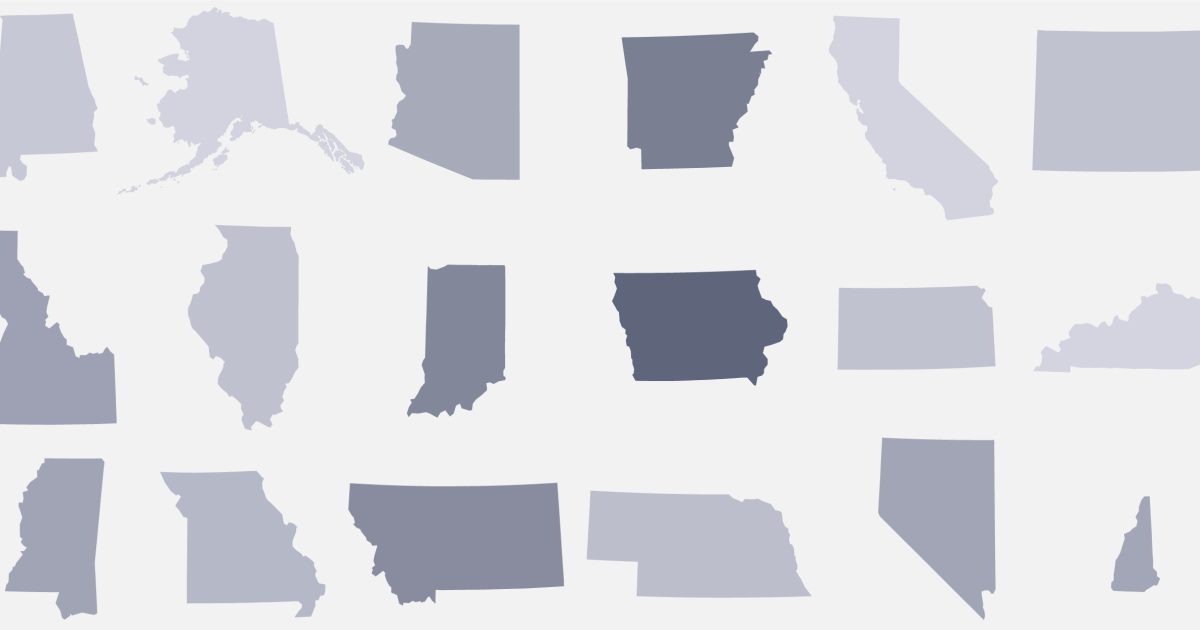GreyLord
Legend
Some of those raise more questions for me than they answer...
Cumulative COVID-19 Cases and Deaths
The Kaiser Family Foundation website provides in-depth information on key health policy issues including Medicaid, Medicare, health reform, global health, HIV/AIDS, health insurance, the uninsured …www.kff.org
CDT Redirect Page
covid.cdc.gov

Covid deaths: Track the latest trends and fatality count
NBC News is tracking deaths from Covid-19 in the United States. These charts will be updated every Friday.www.nbcnews.com
Such as, it seems odd when comparing the number of cases in Washington and the deaths there to the number of cases in Utah and the Deaths there...it seems...disportionate.
I had understood Washington was doing better than others (such as Idaho or Florida for example) but comparisons seem to indicate that the percentages of deaths in Washington is pretty high comparably (deaths per 100K). Did one of the maps forget to add a place value (Washington appeared to have something like 340K cases and almost 5K deaths, while Utah had a similar number but only around 1.8K deaths...something seems off to me on that...same with Idaho though they have something closer to Washington numbers, you go right next door and Oregon has a higher percentage of deaths again...I know things can be somewhat random but it seems off. The West Coast supposedly had better testing than many other places.
Something seems to be going on in the Northern Western portion of the US because deaths per 100K seem to be lower (Idaho, Utah, Montana) and that doesn't make much sense to me. Statistically, it just seems to raise my eyebrows and I wonder what exactly is going on to make them so immune (they still have deaths, but the percentages seem to be lower to me at a casual glance than elsewhere). Compared to the South (Georgia, Florida, Alabama and Mississippi) they are absolutely outstanding, like that's where you want to go to avoid dying from this.
Any explanation or ideas of the disparity of death rates. I can't imagine it's due to testing numbers, as testing is NOT THAT bad in most of those states, and is even considered to be better than others in states close to them (California and Washington are supposed to be doing stellar in their testing efforts compared to the rest of the US for example from what I've heard).
It just seems strange to me looking at the numbers on the charts.
Edit: Looking at another one of the charts on your links, it brings other questions...the percentage of deaths is all over the place and the crazy thing is that the areas which seem to have better technology and healthcare are some of the ones with the higher death percentages. Do you think that some of the states are not reporting the deaths correctly or something? I have no idea what is going on but those percentages go from .5% to almost 3%, which is a crazy wide disparity between states.



